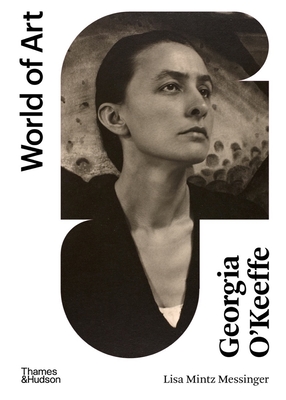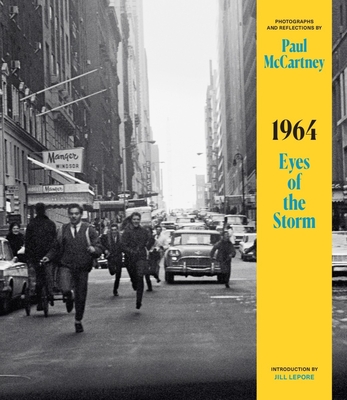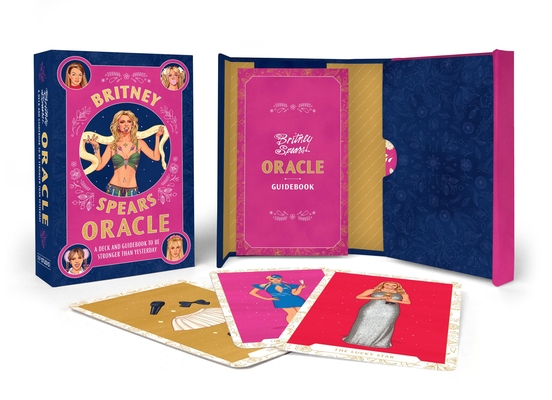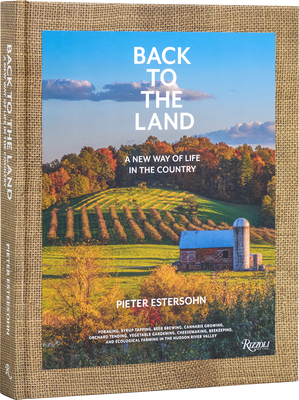
The Life and Art of James Barry
Description
This book is the first modern study of James Barry, the finest of all British painters in the “grand manner.” Born in Cork, Barry settles in London in 1771 after five years of study in France and Italy financed by Edmund Burke. He was elected to the Royal Academy in 1773 and appointed professor of painting nine years later. In 1799, however, after fiercely denouncing its policies, he became the first and only artist to be expelled from the Academy. His paintings include several that rank with the nest contemporary work, and his murals at the Royal Society of Arts form perhaps the most important cycle of history paintings in Great Britain.
Although history painting was theoretically the most exalted of artistic genres, it had traditionally received little support in England, where portraiture and landscape dominated. In the face of indifferent patronage, Barry struggles to establish an art worthy of the noble heritage of classical Greece and Renaissance Italy. He passionately believed in art’s mission to instruct, and to this end he saw himself as an embattled spokesman for social, political and religious reform.
William Pressly reveals the degree to which Barry’s view of his role shaped the character of his art and examines how his works, through rooted in traditional sources, creatively depart in both form and content from conventional academic practice. He also assesses the artist as a portrait painter, including his use of portraiture within the context of historical subjects, and as one of the few late eighteenth-century British painters to work as an original printmaker. The book contains the first complete catalogue of Barry’s paintings and of his surviving drawings and prints.
William L. Pressly is associate professor of the history of art at Yale University.
Published for the Paul Mellon Center for Studies in British Art.

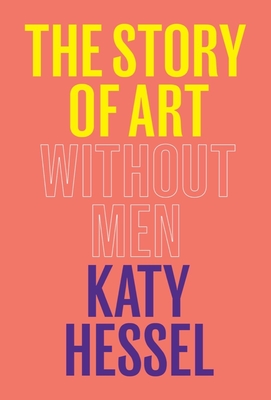
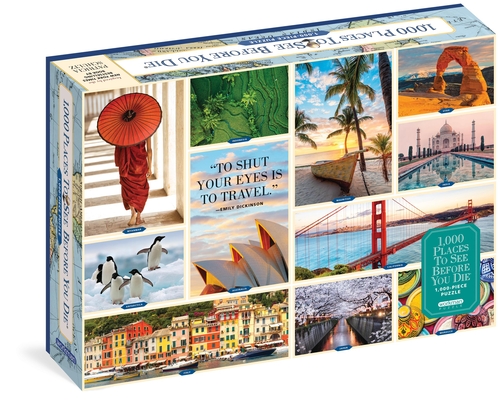
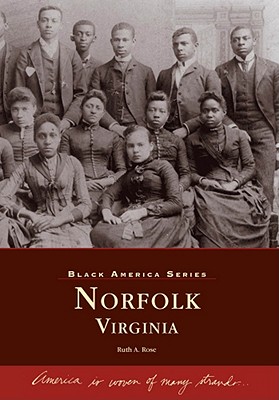
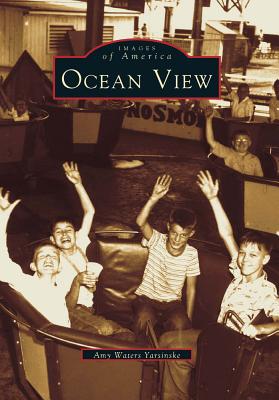
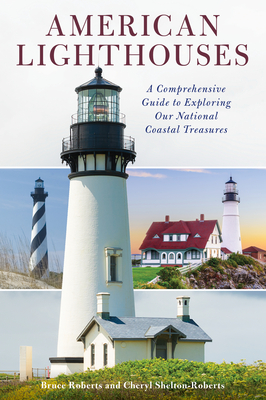
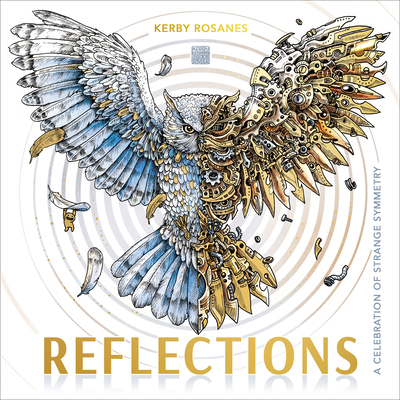
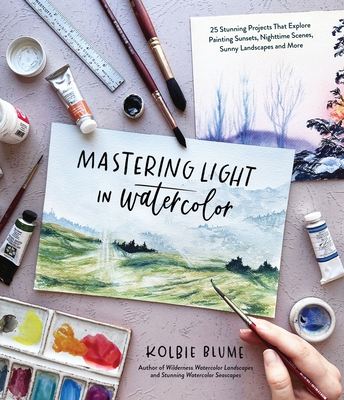
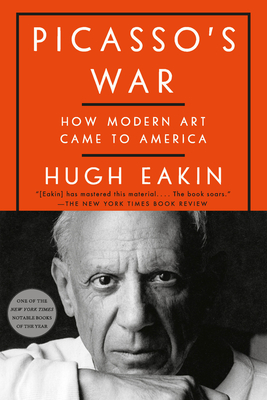




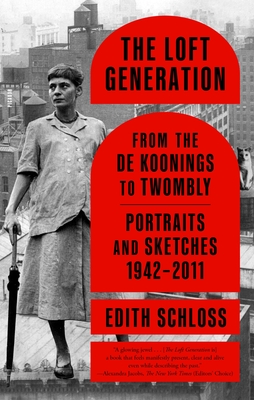
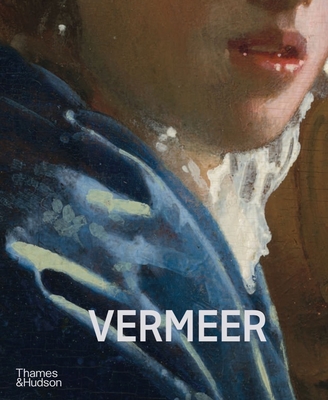

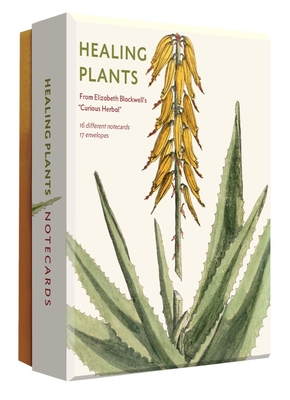

![Zen and the Art of Motorcycle Maintenance [50th Anniversary Edition]: An Inquiry into Values](https://images.booksense.com/images/330/342/9780063342330.jpg)

